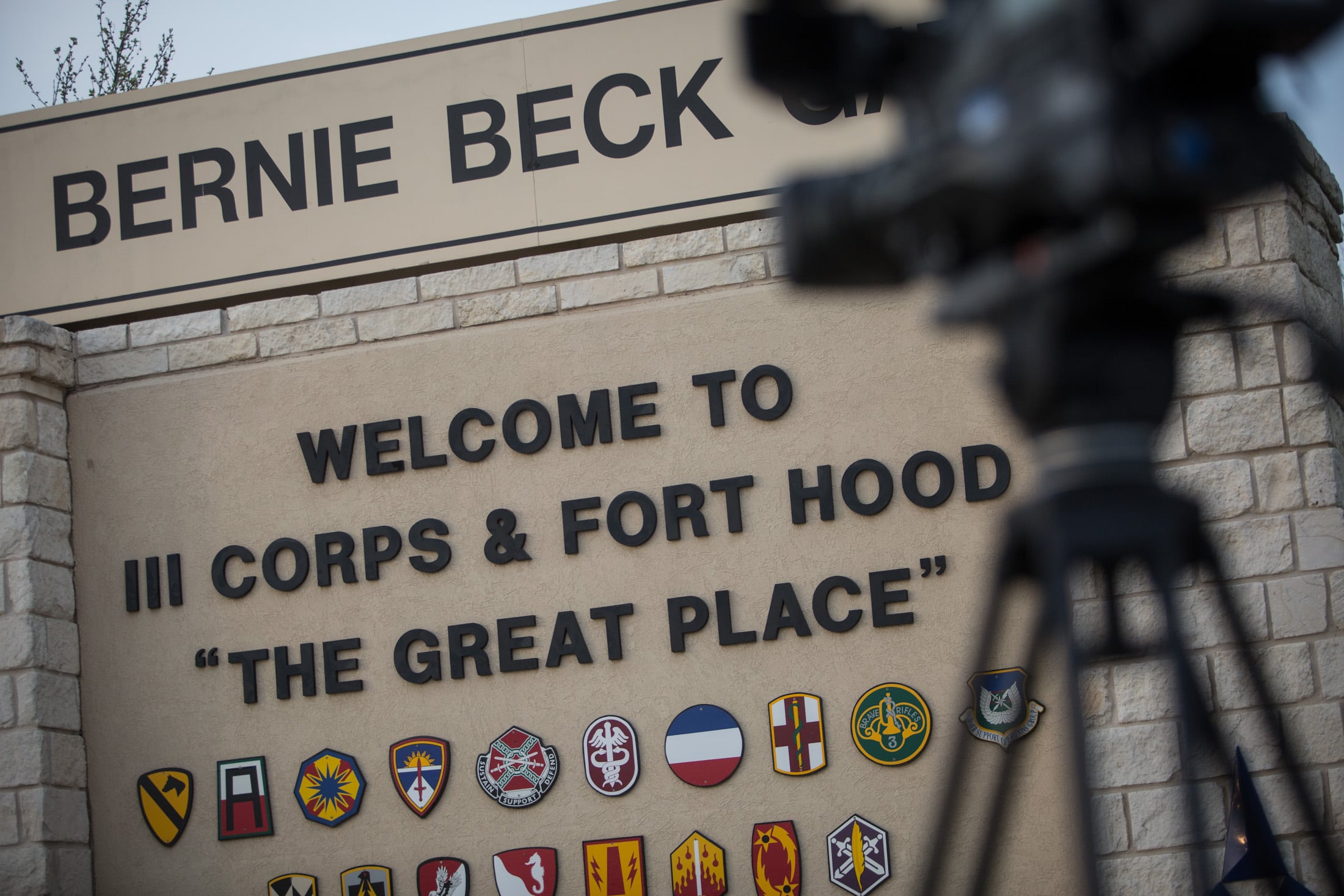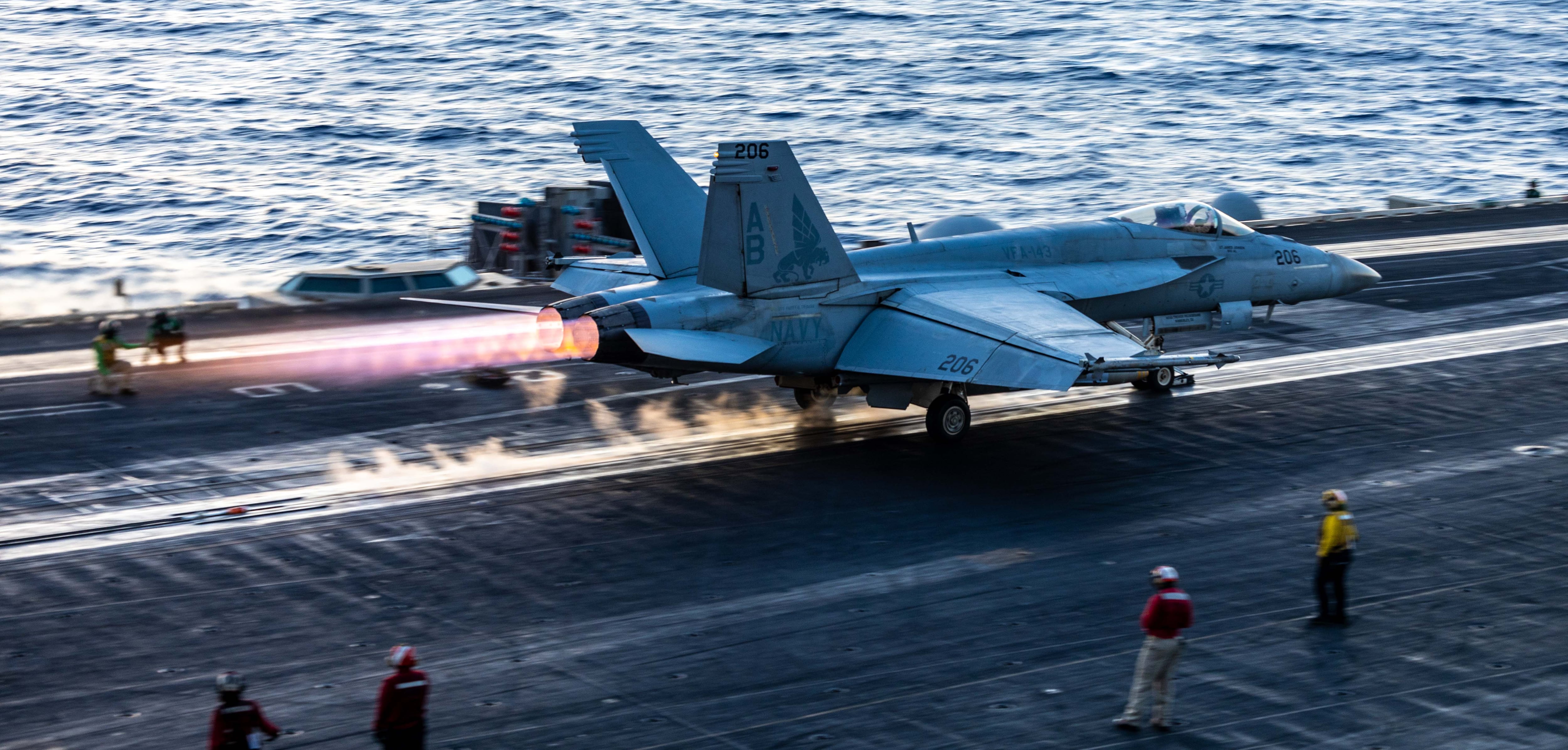WASHINGTON ― Thirteen years after Marine leaders first identified the need for sophisticated and networked simulated training, a first iteration of the Live Virtual Constructive Training Environment is almost ready to debut at Marine Corps Air Ground Combat Center, Twentynine Palms, California.
Within two years, officials say, these LVC-TEs will be operational at five bases across the Corps, and the Marines will move forward on plans to network virtual training with other services, providing the effect of large-scale joint training exercises at a fraction of the cost.
Or at least that’s the hope.
The plan, dubbed Project Tripoli, is meant to increase meaningful “reps and sets” by giving more Marines access to a realistic, simulated training environment that allows them to interact with battle buddies and other units like they would in combat.
At its core, the project will network together five existing virtual training tools — ranging from the service’s indoor simulated marksmanship trainer and VBS3 first-person shooter simulation to the aviation distributed virtual training environment flight simulator — so Marines can communicate and move in the simulation in relation to other troops.
While this might not provide the exact sights, sounds and smells of combat, planners say the result will be more quality training available live, even with limited resources and complex logistics.
It’s cheaper, too: While a standard predeployment exercise workup costs $8 million, officials believe they can lower the cost to $5.2 million by eliminating a map exercise and integrating up to a dozen simulations.
Capt. Garrett Loeffelman, a modeling and simulation officer at Training and Education Command’s Range and Training Programs Division, discussed the technology Thursday during the Modern Day Marine expo in Washington. He pitched a prospective “virtual Range 400” — a reference to the Corps’ most realistic live-fire range at Twentynine Palms, California, used to train company-level elements in complex combat tasks, such as attacking fortified positions.
Every aspect of that grunt company, from the mortars to the combined arms, he said, could be replicated and networked in the LVCTE while participants experience the training in real time.
“The only time you get to do that [now] in a full-up, high-fidelity experience is out at Twentynine Palms,” Loeffelman said. “Imagine if you’re a company commander at Camp Lejeune: You can train all of those skill sets. You can even bring them together with your squad leaders and above.”
The version of LVC-TE that’s set to roll out is referred to as a “minimum viable solution.” Loeffelman said command officials plan to collect feedback from Marines on the simulators in order to improve the planned future iterations.
“We’re not replacing Range 400 with these systems,” Col. James Kidd, director of the Range and Training Programs Division, confirmed. “What we’re doing is we’re making the live-fire portion when you get to Range 400 much more beneficial to the user.”
All three headquarters of the Marine expeditionary force will feature an LVC-TE setup by 2025, as will Marine Corps Base Hawaii — a key location because of its collocation with U.S. Indo-Pacific Command’s Pacific Warfighting Center.
Joe Lomangino, LVC-TE team lead, reiterated plans to network simulated training among the armed services in hopes of launching large-scale joint exercises that are completely virtual.
“We don’t fight by ourselves, right? We don’t fly by ourselves,” he said. “So this has to be connected.”
But some kinks must still be worked out.
There’s the technical “fair fight” problem present in live simulations, in which an environment can’t update quickly enough, leaving two war-fighters to encounter different scenarios and unequal challenges. Presenters on Thursday said that problem still exists and will probably be present for years due to immature technology.
It’s also unclear how virtual training involving, for example, air and ground combat elements will coordinate with legacy Marine Corps training and readiness standards that don’t have a category for such an exercise.
Loeffelman acknowledged a “gap,” but said planners are working to refine training manuals and push for communication and coordination improvements across disparate units.
There’s a cultural aspect, too, particularly when it comes to red tape around Marines operating on a network for training.
“Why can a battalion commander sign off on the risk of a live-fire training exercise, but it takes essentially a [general officer] to sign off on the risk of spillage?” he wondered. “These are all questions we’re trying to solve.”









